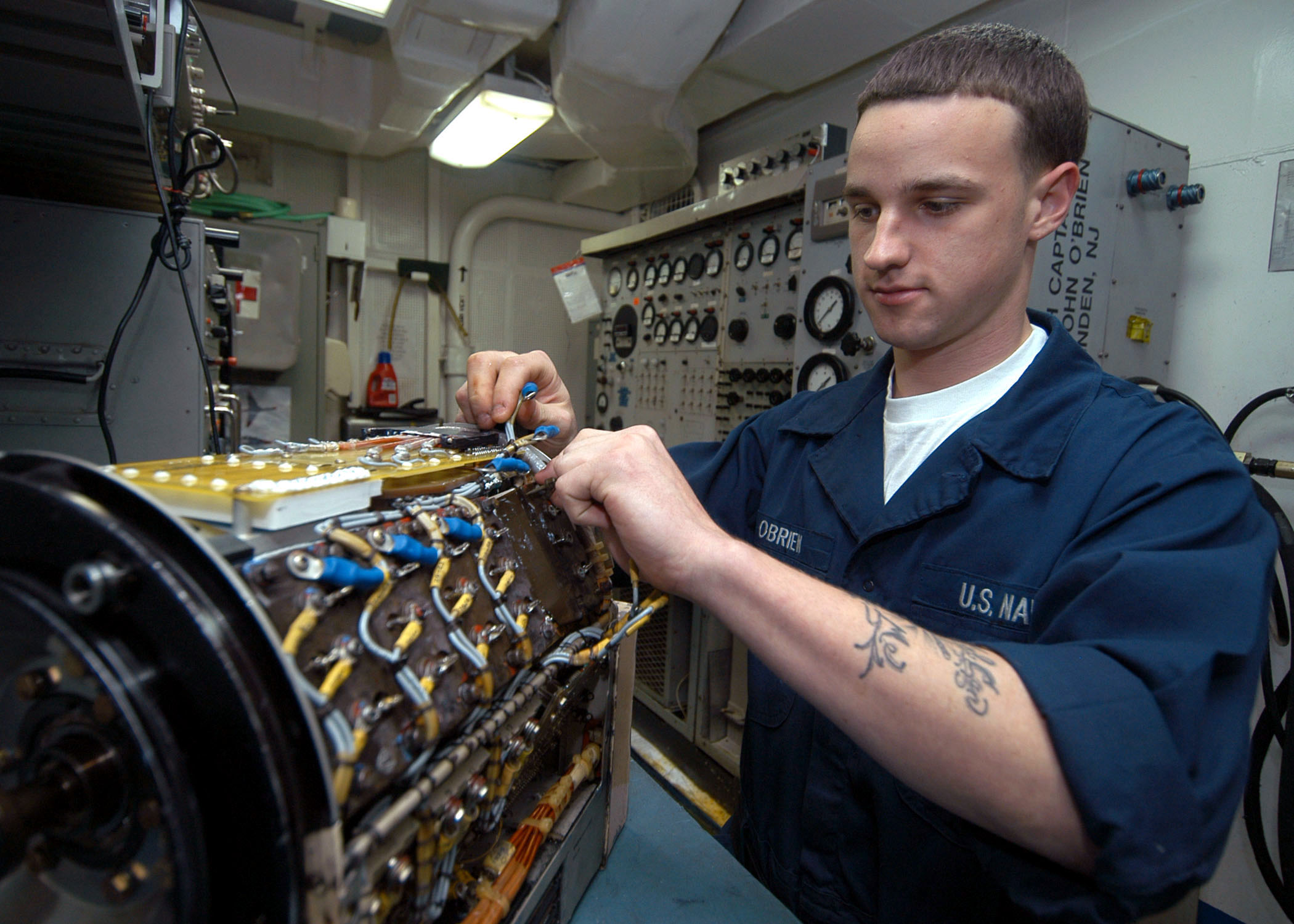In today’s world, making eco-friendly choices is more important than ever. One area where sustainable options are gaining attention is in the fashion industry, including swimwear. Australia, with its stunning beaches, has long been a hub for swimwear fashion. But now, eco-friendly swimwear Australia is emerging as a popular choice for those looking for sustainable fashion options.
So, what exactly is eco-friendly swimwear? It is swimwear made from sustainable materials or recycled fibers, and produced in a way that has minimal impact on the environment. Traditional swimwear is often made from materials like nylon or polyester, which are petroleum-based and non-biodegradable. When discarded, such swimwear can sit in landfill for hundreds of years, polluting the environment.
Eco-friendly swimwear Australia is different. It uses sustainable fabrics like organic cotton, linen, or bamboo, which are biodegradable and have a lower carbon footprint. Some brands also use recycled materials like plastic bottles or fishing nets, preventing them from reaching our oceans. In addition, most eco-friendly swimwear brands partner with ethical and sustainable factories or use ethical production methods, minimizing the negative impact on workers and the environment.
One example of an eco-friendly swimwear brand from Australia is Salt Gypsy. The brand is known for its sustainable and ethical practices and uses recycled nylon, made from discarded fishing nets, to make its swimwear. Salt Gypsy also works with an ethical, female-run factory in Indonesia, ensuring workers are paid fair wages and have safe working conditions.
Another Australian brand that is making waves with its eco-friendly swimwear is Baiia. The brand uses a unique process to turn discarded fishing nets and carpets into a regenerated fiber, which is then used to make its swimwear. Baiia’s swimwear is not only sustainable, but also versatile, as it can be worn in multiple ways, reducing waste and promoting minimalist fashion.
Choosing eco-friendly swimwear Australia not only supports sustainable fashion, but also helps protect our oceans and marine life. Discarded fishing nets and other man-made materials are a major contributor to ocean pollution, negatively impacting marine ecosystems. By choosing swimwear made from recycled or biodegradable materials, we can help reduce this pollution and promote a healthy environment for future generations.
And the best part? Eco-friendly swimwear doesn’t sacrifice style or quality. In fact, many eco-friendly swimwear brands offer trendy and unique designs, creating a fashion statement that is both ethical and sustainable.
So, what can we do to support eco-friendly swimwear Australia? Start by researching and supporting brands that use sustainable materials and ethical production methods. Instead of buying new swimwear each season, invest in a few high-quality pieces that can be worn for multiple seasons. Additionally, properly care for your swimwear by washing it in cold water and avoiding harsh detergents, prolonging its lifespan and reducing waste.
Eco friendly swimwear australia is the best choice for those who want to make a positive impact on the environment. It is made from sustainable materials, such as recycled fibers or organic cotton, and produced in a way that minimizes harm to the environment. Brands like Salt Gypsy and Baiia are leading the way in sustainable and ethical swimwear production, offering stylish and trendy designs that are both fashionable and eco-friendly. By choosing eco-friendly swimwear, we can help reduce ocean pollution and promote a healthy environment for future generations.
Eco-friendly swimwear Australia is a sustainable and stylish choice for those looking to make a positive impact on the environment. By choosing swimwear made from sustainable materials and supporting ethical production methods, we can help protect our oceans and reduce our carbon footprint, one swimsuit at a time.




